Labor Day weekend is over and it is time for a few updates. I attended another antique power show and Felicity posted some new videos of the home renovation near Lodi, New York. No major news, just a few updates, so lets get to them!
Over Labor Day weekend I attended the Rice County Antique Power Show near Dundas, Minnesota. Here I spoke to a couple of people about their collections and enjoyed the tractor parade. Since I have previously posted many photos taken at such events, here are only a few taken at this one.
I enjoyed the outing and viewing the “old iron.”
At different times I have mentioned the outside cats. Here is one of them, Cheeto, taking a nap on a chair located on our east porch.
Felicity and Peter’s work on the Lodi farmhouse continues. Here are a few photos she sent and links to a couple recent videos of the project. There is a lot going on! Occupancy should (hopefully) occur by the end of September or the first week of October.
Other than routine chores, it is a quiet time for us. Pam continues to do some detail painting on the porch and I cleaned the gutter over the east porch which was clogged with dirt to the point it was no longer draining, a job which included the use of the pressure washer. Acorn season has ended so a through raking of the lawn was in order so we can again walk without the feeling of striding over ball bearings. Sidewalks were edged and another leaf cleanup was completed. Pam baked our first apple pie of the season and it was delicious.
The next few weeks should be uneventful, but a Colorado trip is planned to see some color and winterize The Box. After that, Felicity and Peter have asked me to come to New York to help make some firewood and see the house. On the way there and back I will detour into Michigan and view a few homes Pam has identified as potentials. The traveling will be extensive by the end of October.
So that is it. Not major news, but life goes on with numerous tasks that take up our time and keep us busy.
That’s it for now. Thanks for looking in!
Pam’s Penny
Working on front porch. Working in garden.
Happy Trails!
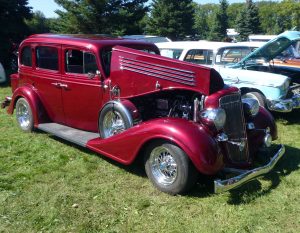
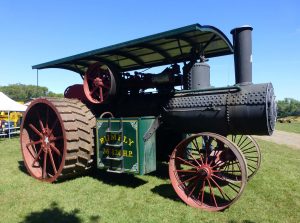
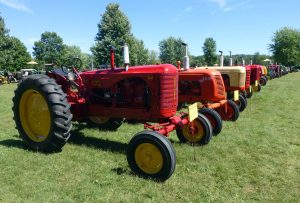
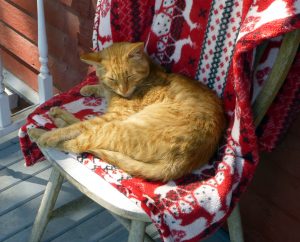
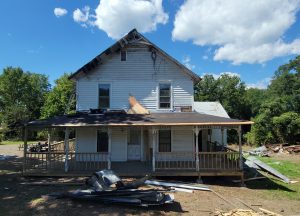
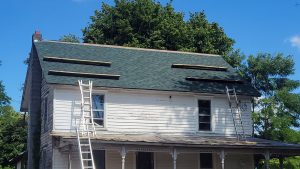
Jerry,
Noted the traction engine, which appears to be a 20 ton Rumely 36-120 – about half of the few remaining were used to power Canadien sawmills until recently.
It appears that most of the shows you’ve been going to are farm-related. Do any of the exibitions also have any “road building” equipment? I doubt there would be much in the Otis or later Marion (railroad building) steam shovels, but traction engine steam rollers, etc might be transportable…
I’m doing a bit of research into post Civil War road building – in particular, the transition from railroad-centric to what became the highway system. The early 20th Century had mainly dirt & gravel roads except for private “turnpikes”, with little or no governmental support…
Larry:
Thanks for the note. You are correct, very little road building equipment is on display at these shows. Why? I’ll hazard a couple guesses. One is size and transport difficulties as many of these machines would require heavy trailers to transport. Much easier to tow a small trailer with a tractor on it with your F-150. The other is visual appearance; running engines are more attractive than static machinery and it would be hard to demonstrate the kinds of equipment you are talking about.
Having said that, I have run across road building equipment in storage yards and junk yards as well as in private collections. Large scrapers, LeTourneau turnapulls, graders, and other gear are around, just not at shows. One guy I know of has some WW 1 era “Liberty” trucks and a “C-cab” with a Budda engine. Same guy has a LARGE chipper hooked up to a Cat 60, used to chip trees removed from right of ways as roads were being put in. The stuff is out there but largely hidden from view.
Yes, many early roads were privately funded and were toll roads. In Colorado, Otto Mears was famous for building such roads.
You may have seen this company video on YouTube that deals with road building from around 1916 on to the early 2000s and it has some great photos of early road building machinery. https://youtu.be/hPT-6IPj2W0
YouTube also has some videos that go into building colonial-era corduroy roads and problems dealing with swamps and rivers. Sea shells were a common “paving” material used in these projects.
Thanks for the note!
Jerry